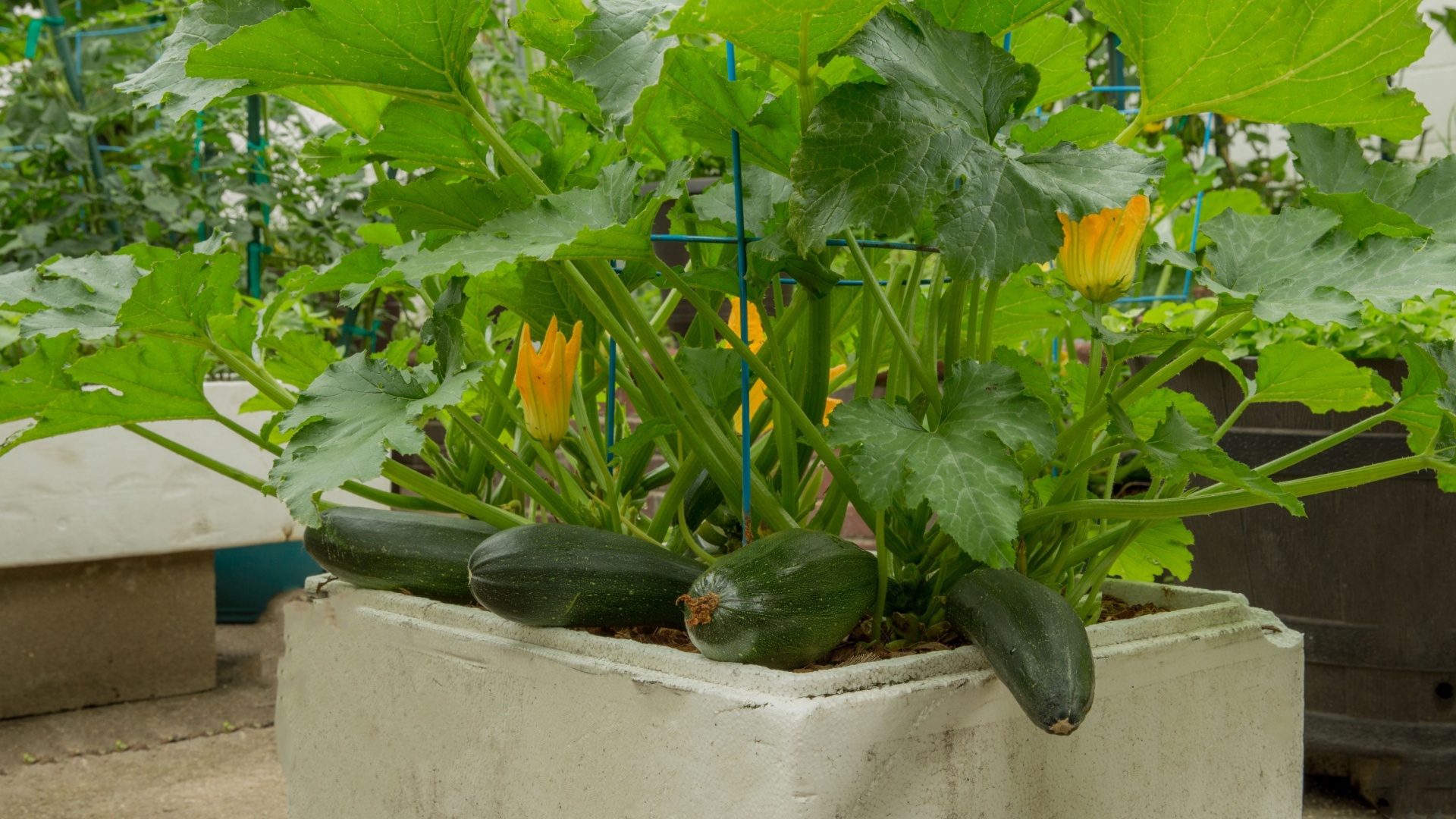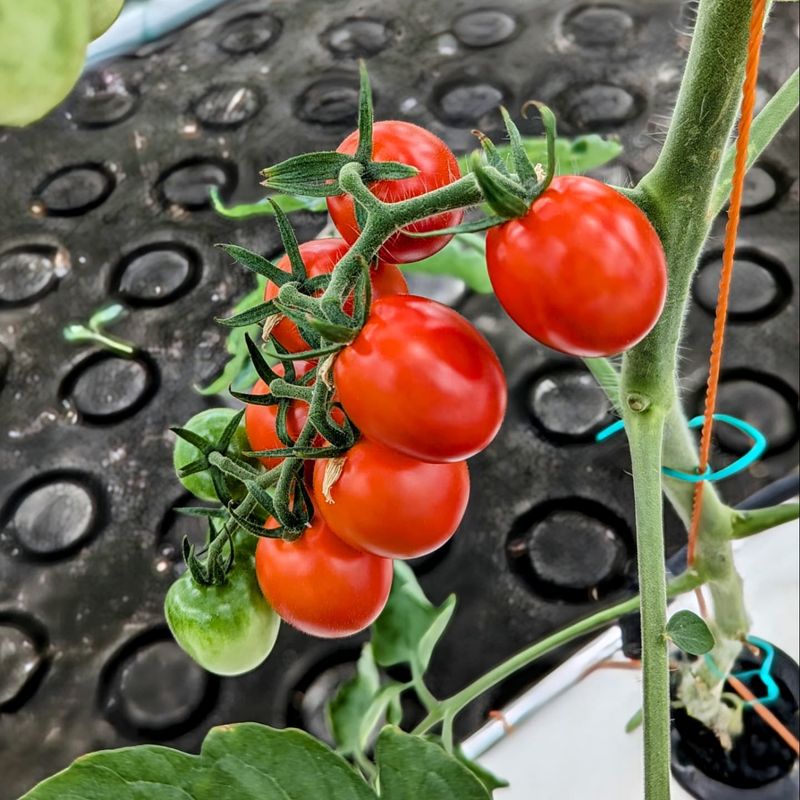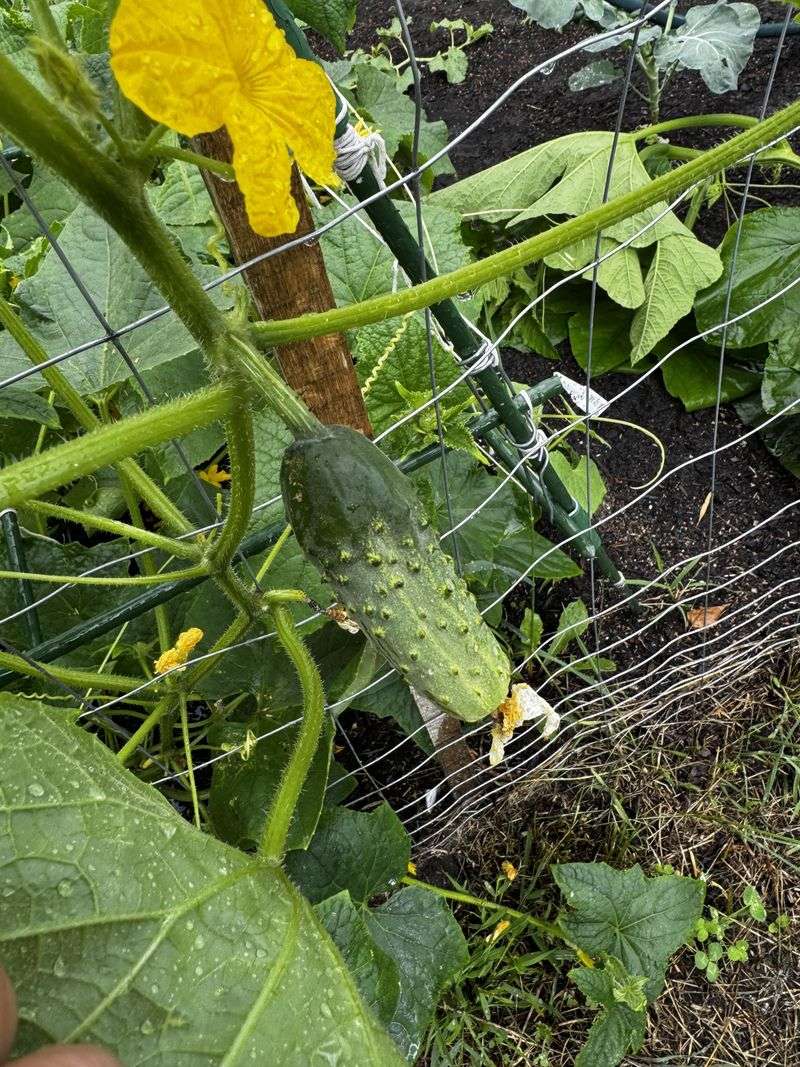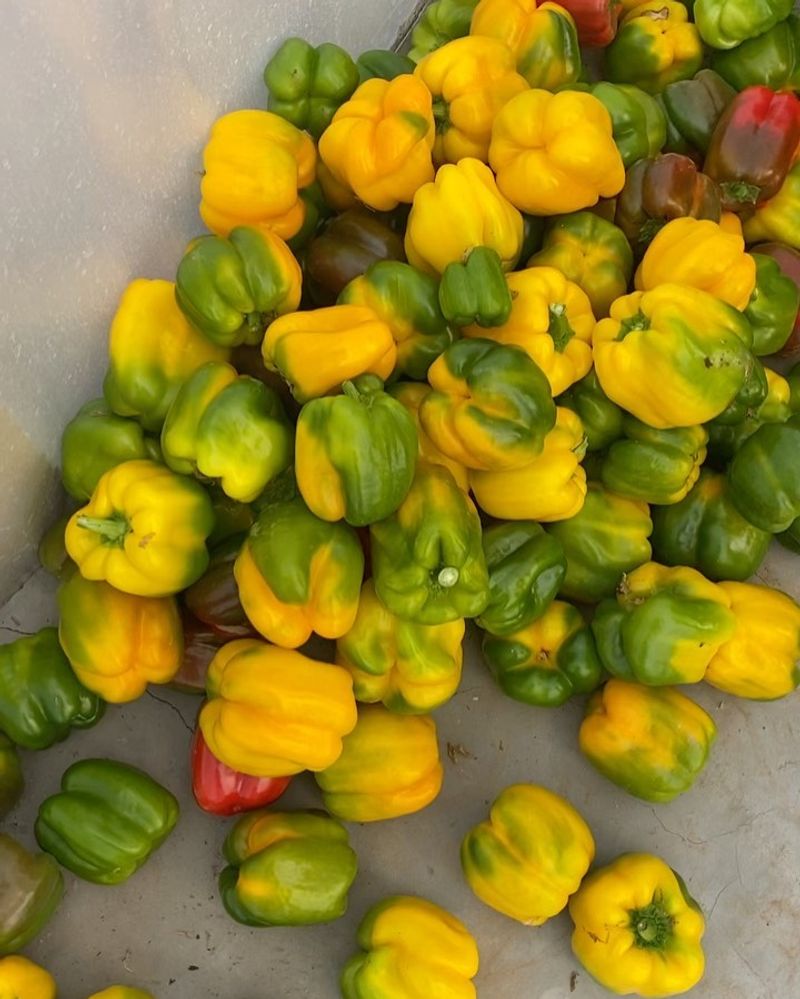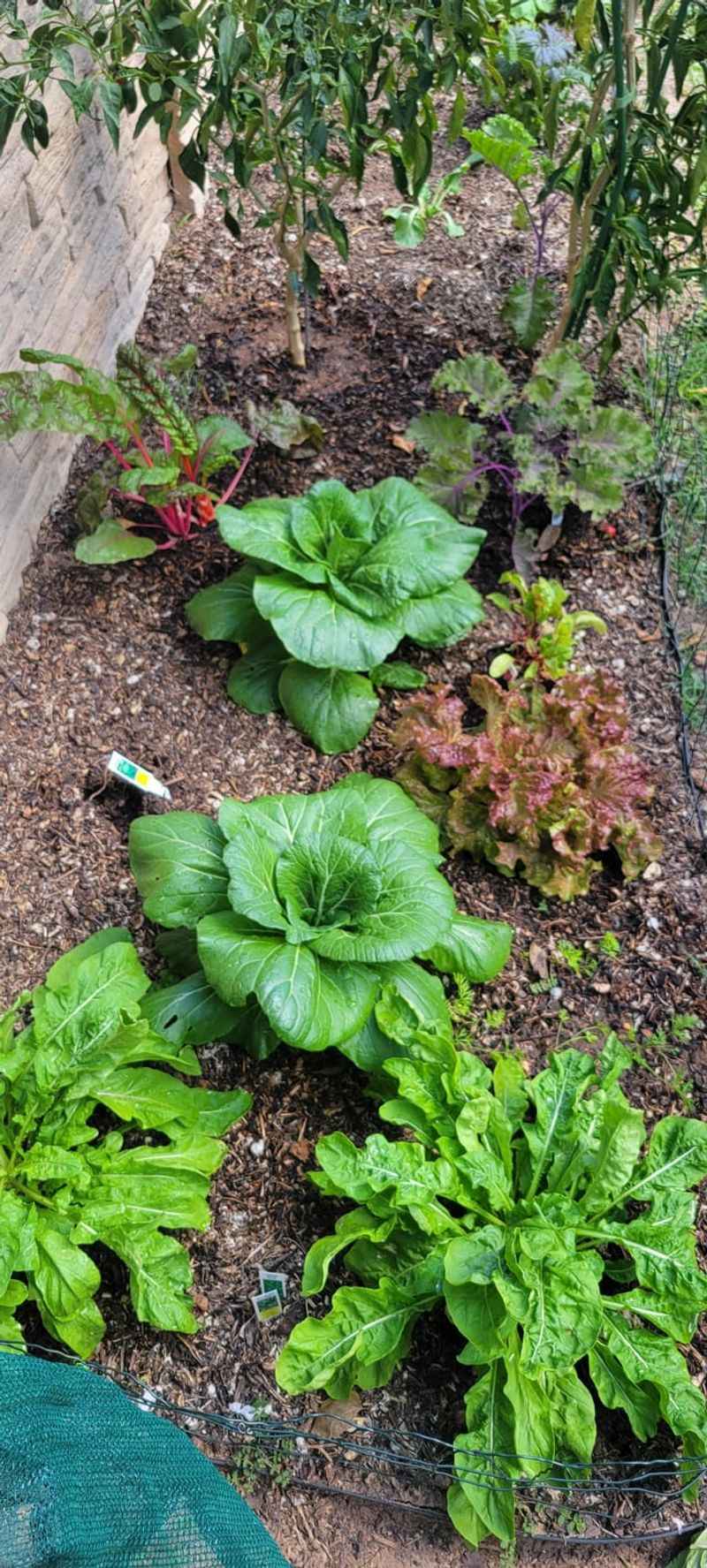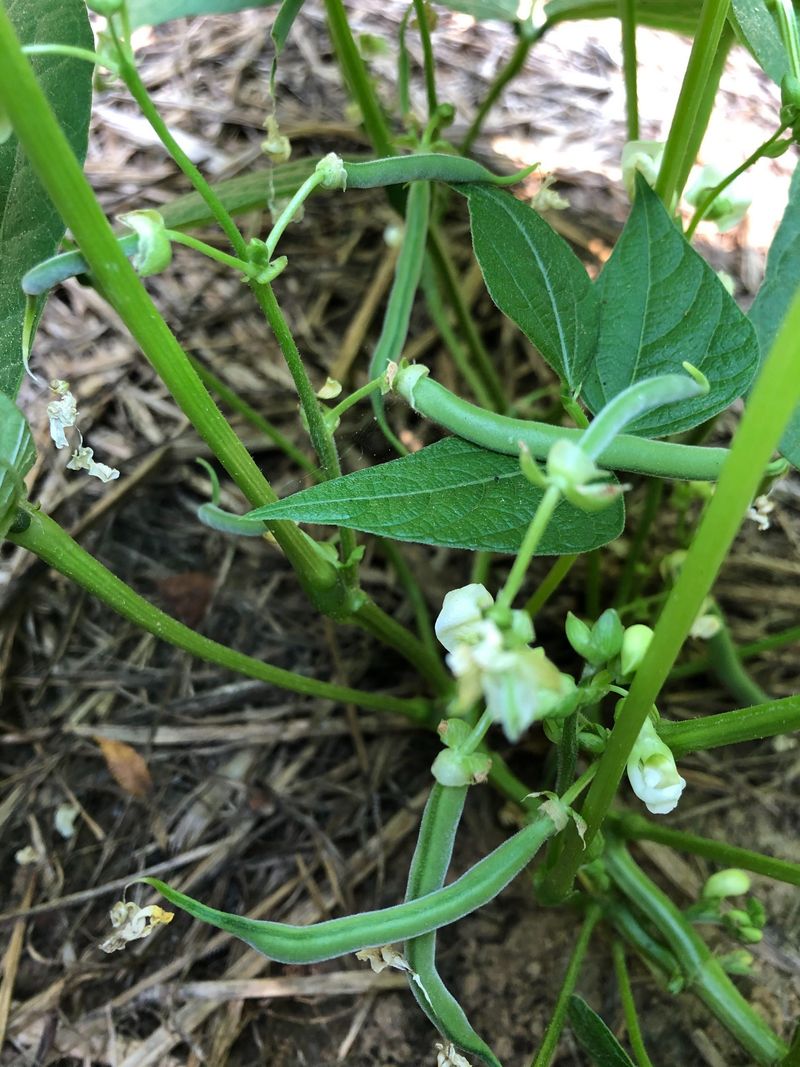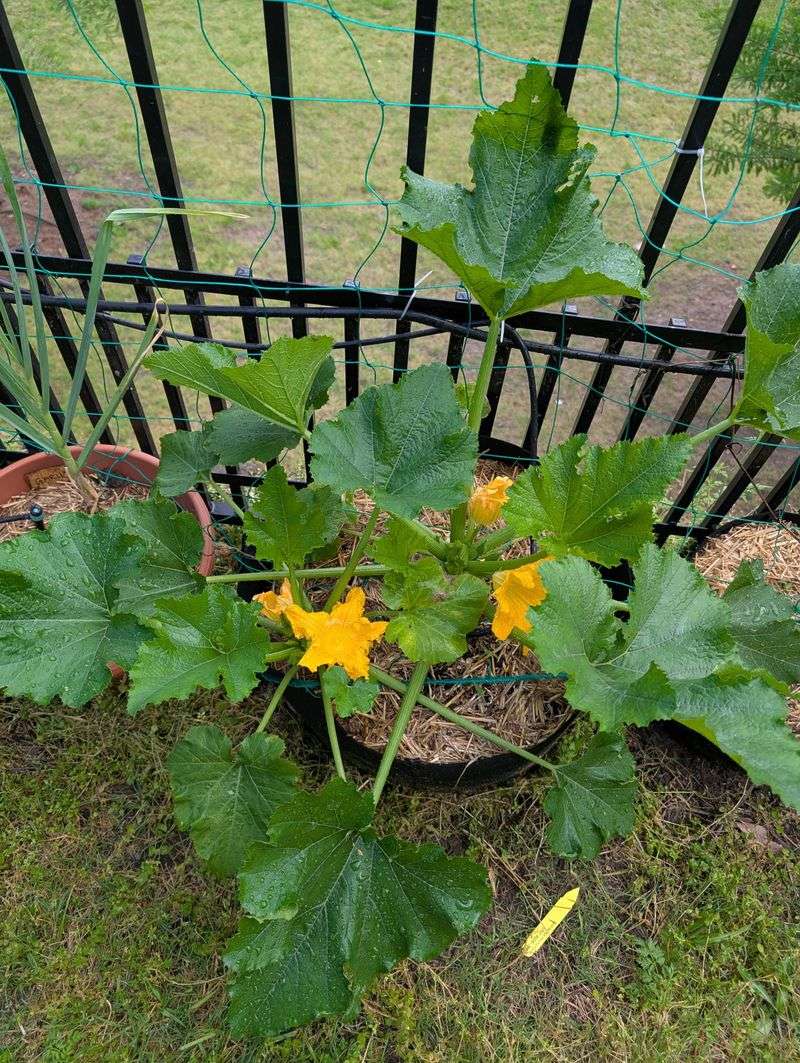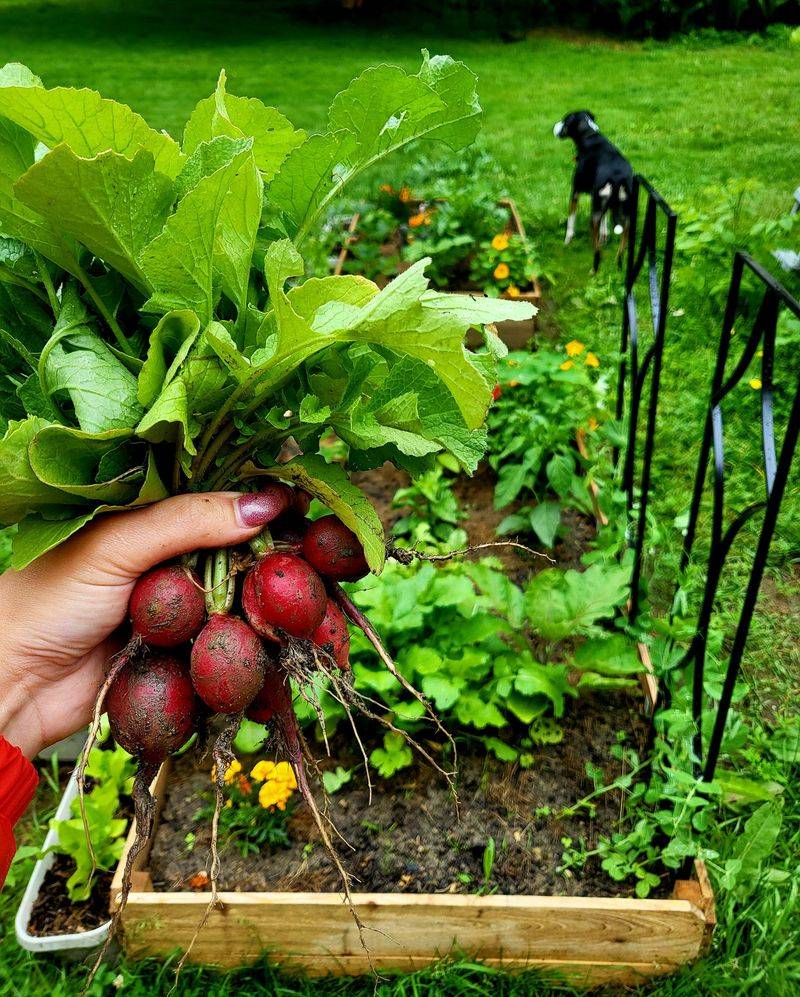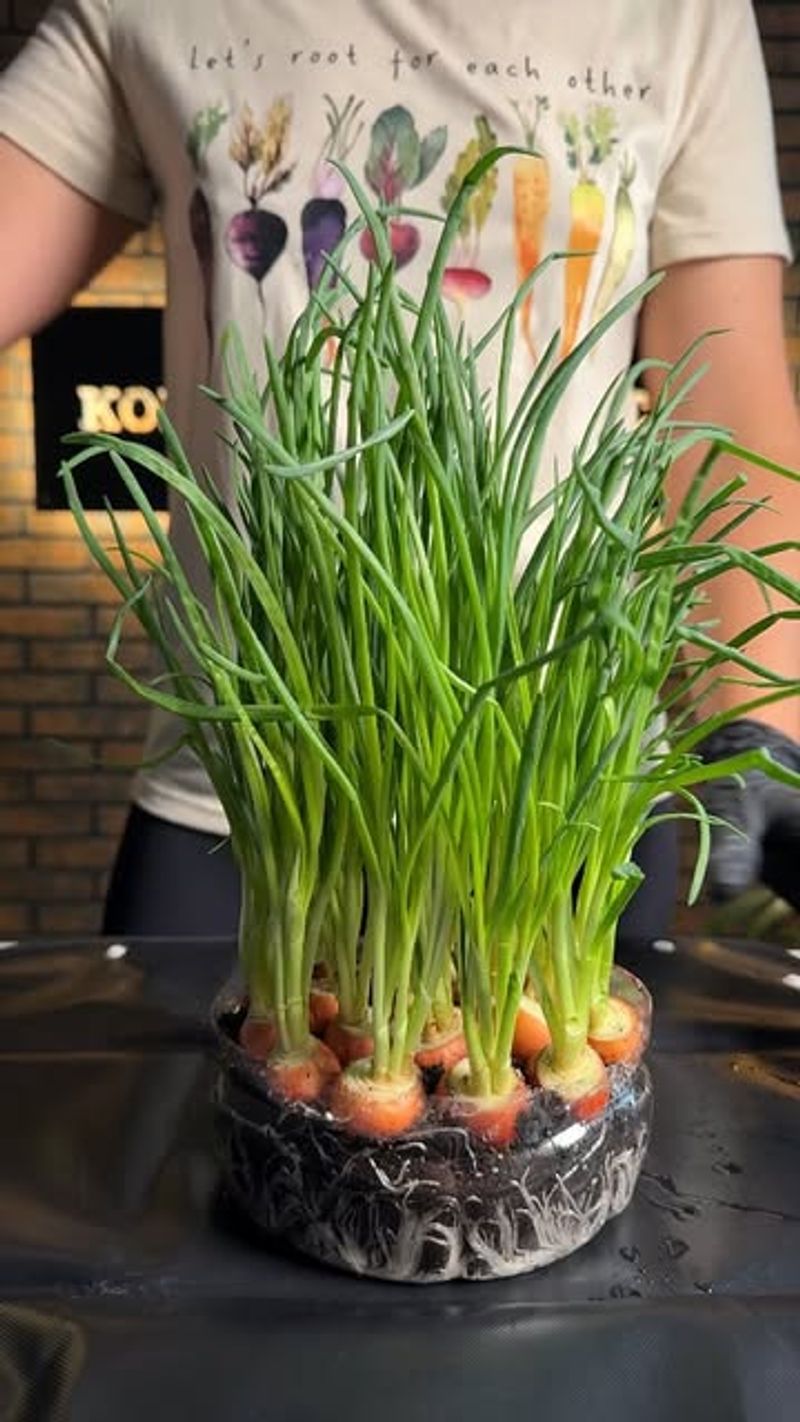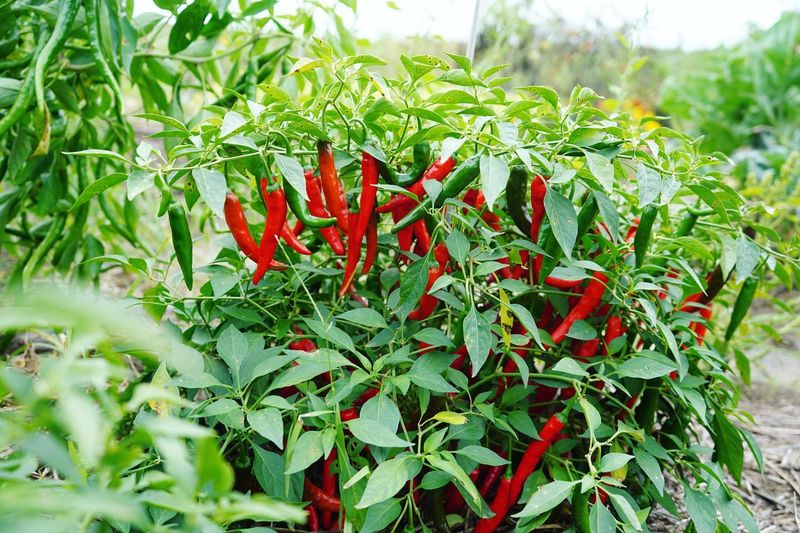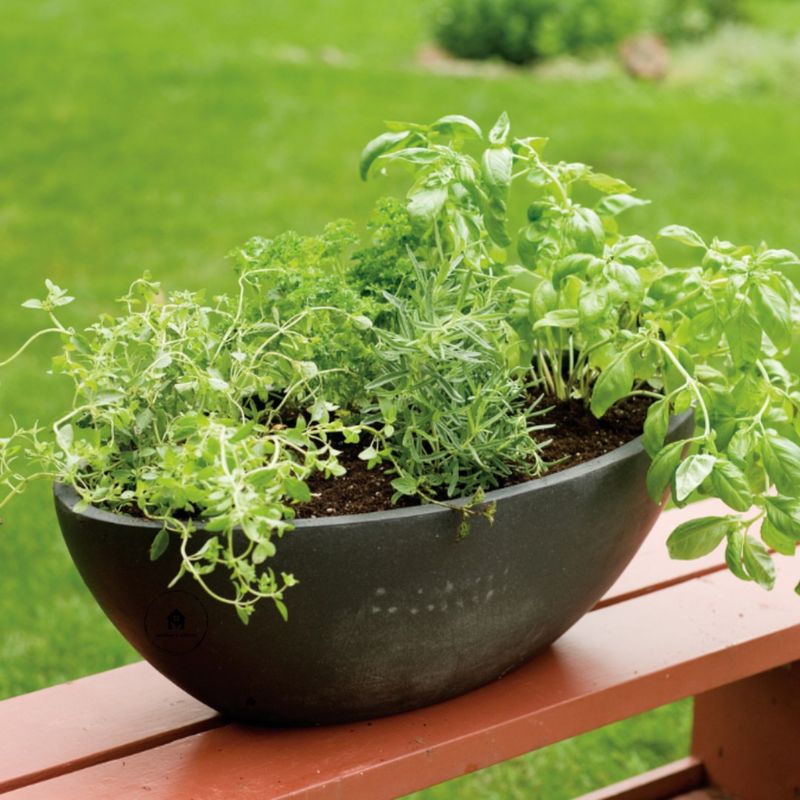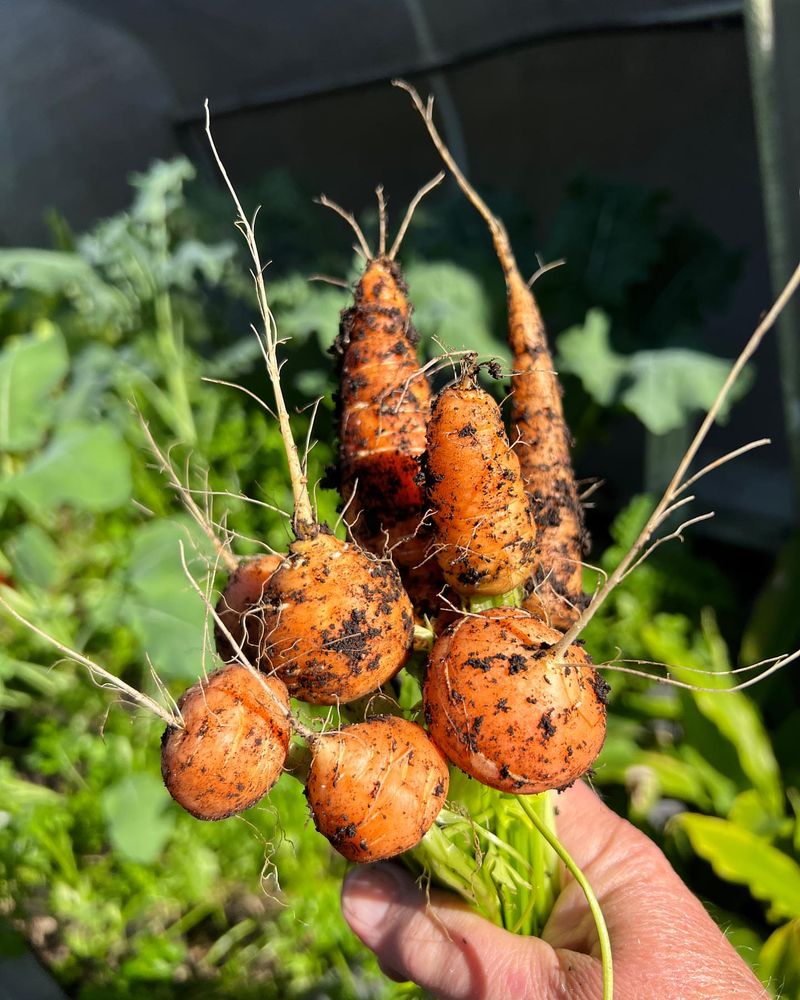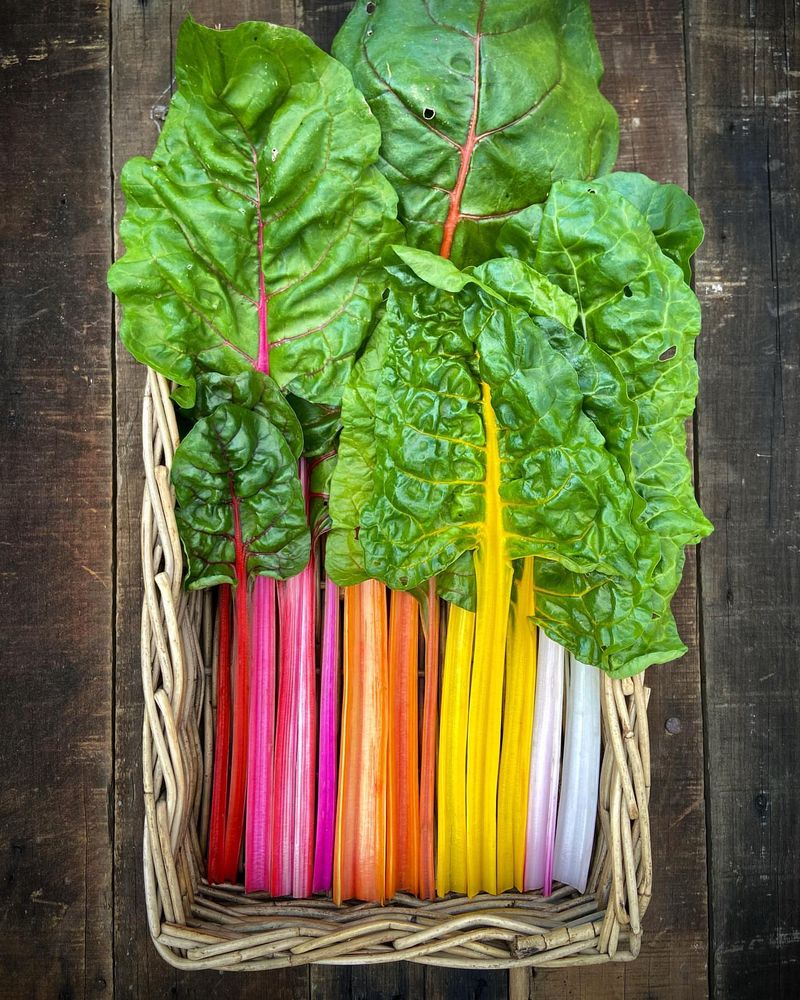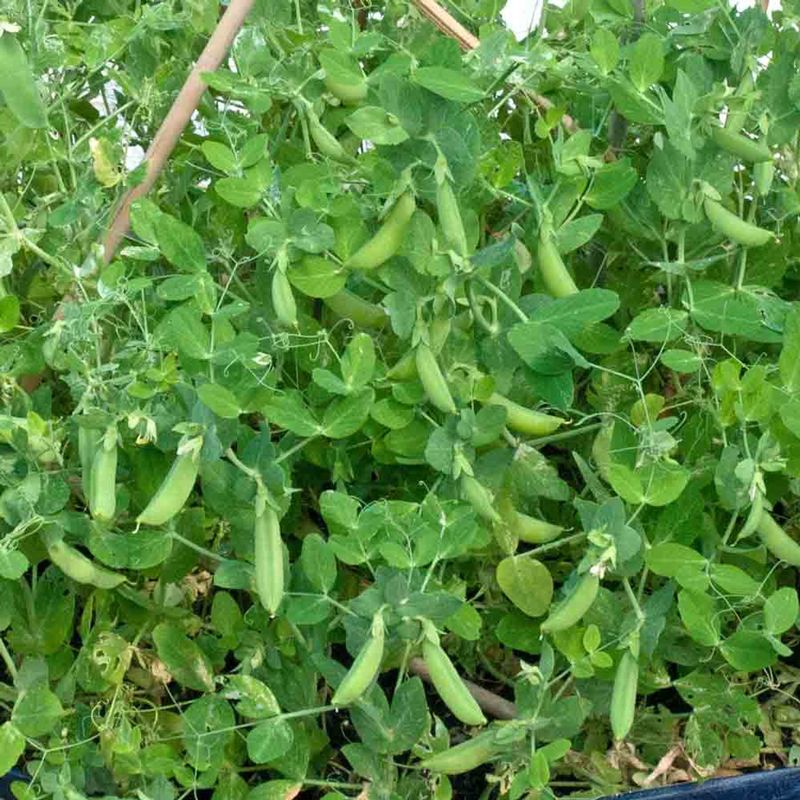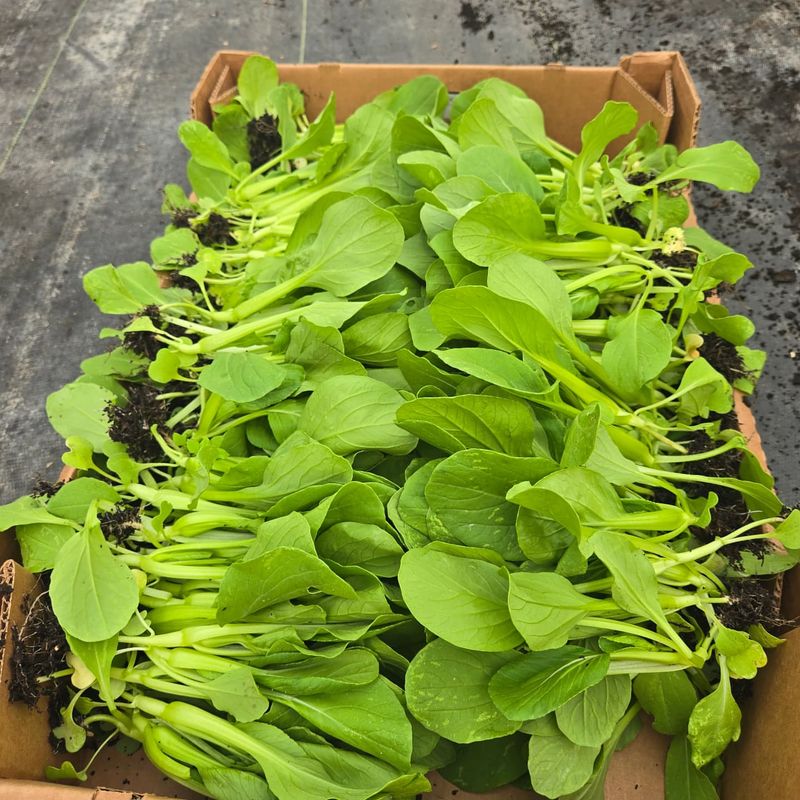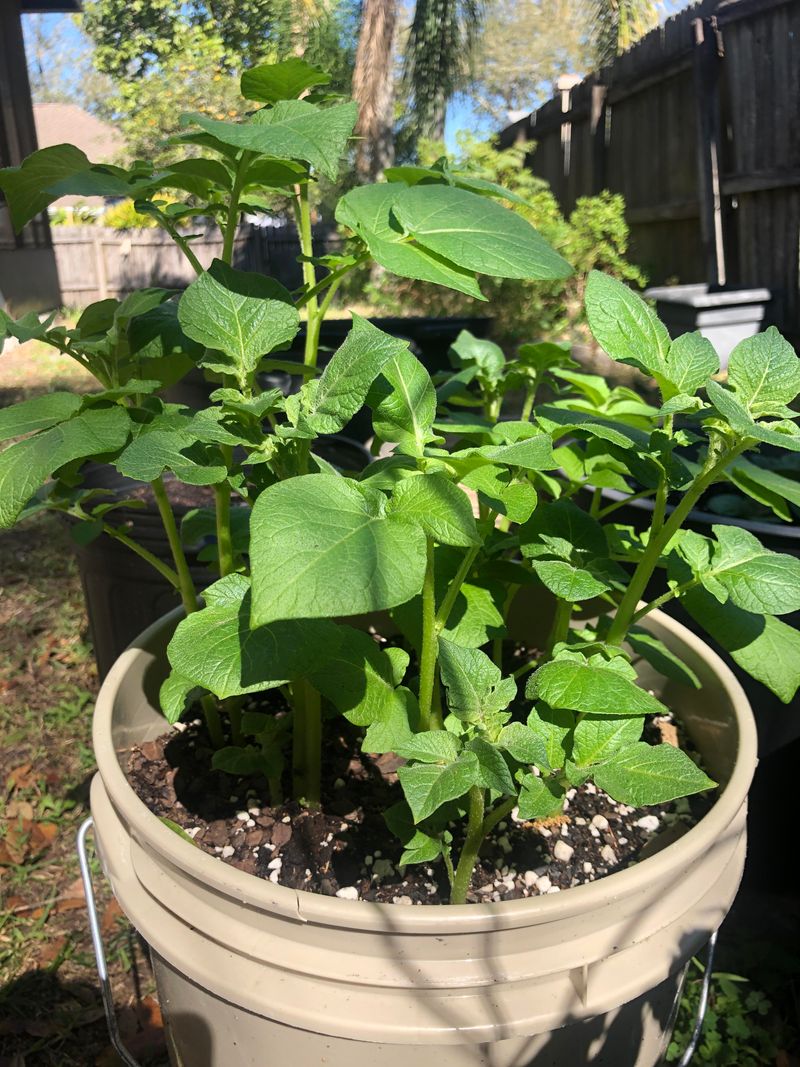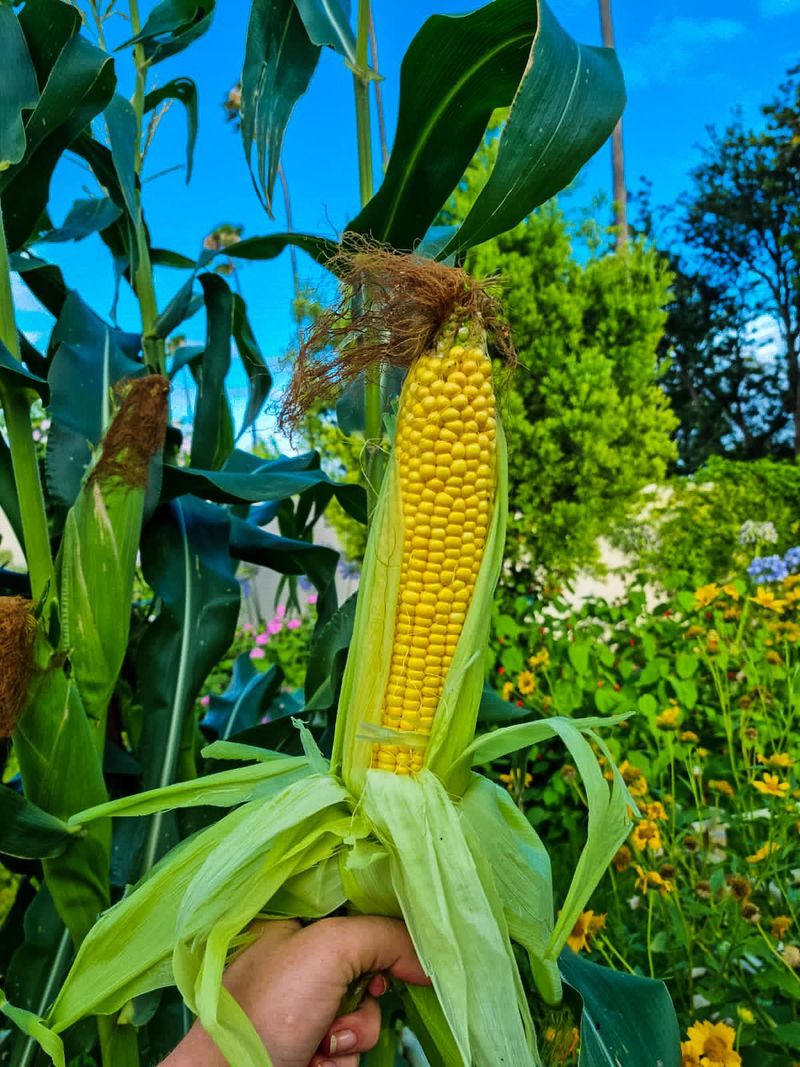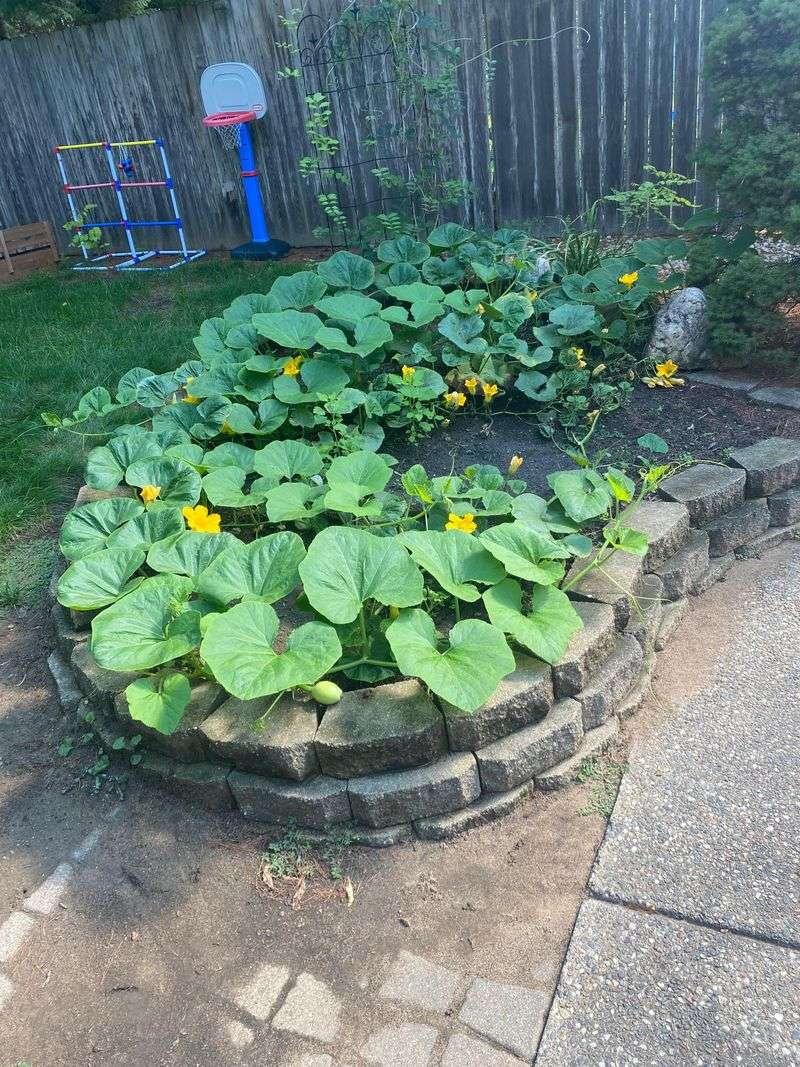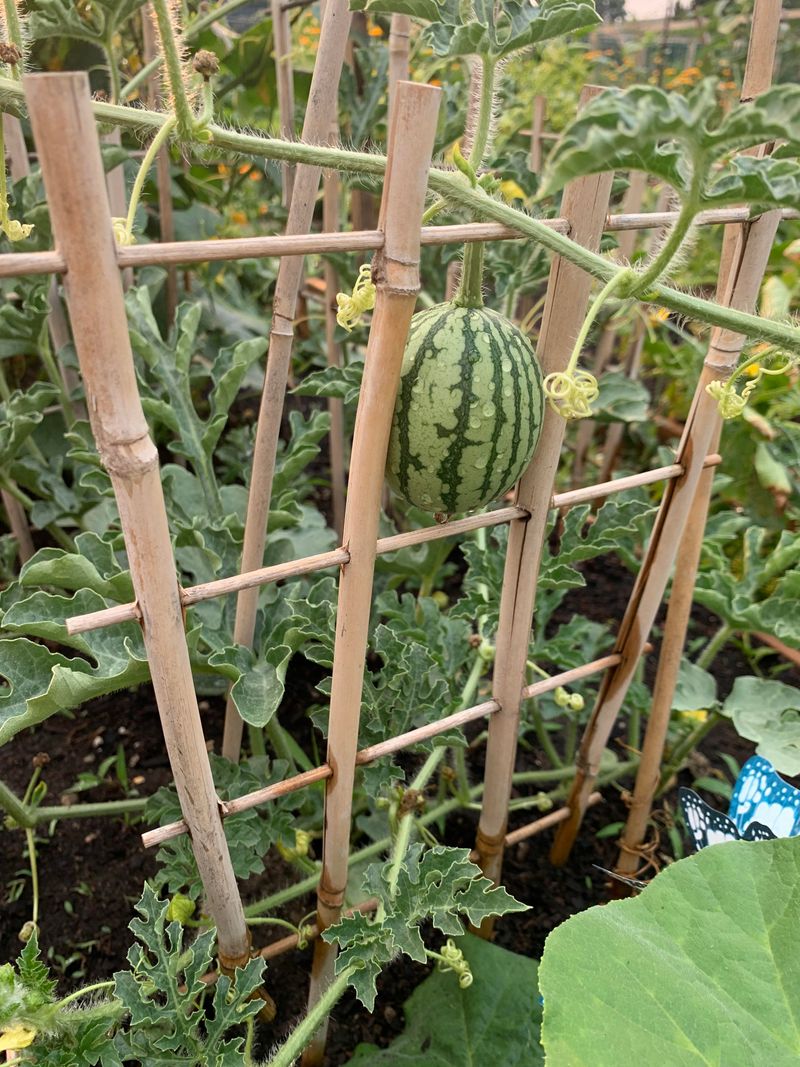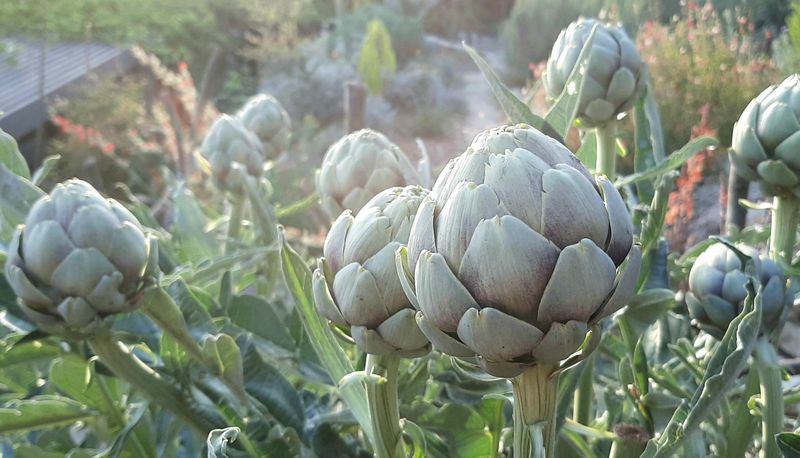No backyard? No problem. You can still grow a thriving summer garden right on your patio, balcony, or porch—if you choose the right veggies. These 15 summer favorites are container gardening champs, offering big harvests in small spaces.
Plus, we’ll clue you in on 4 veggies that struggle in pots, so you can skip the disappointment and grow smarter.
1. Cherry Tomatoes – Perfect Patio Producers
Bursting with sweet flavor, cherry tomatoes are container gardening superstars. Unlike their larger cousins, these compact plants don’t need massive root space to produce an impressive harvest.
A 5-gallon bucket with drainage holes works perfectly for growing these sun-lovers. Position your pot where it’ll receive at least 6 hours of direct sunlight daily. Stake or cage young plants early to support their eventual weight.
Varieties like ‘Tiny Tim’ and ‘Patio Choice Yellow’ were specifically bred for container growing, reaching only 12-18 inches tall while producing dozens of bite-sized fruits throughout summer.
2. Bush Cucumbers – Space-Saving Alternatives
Traditional cucumber vines can sprawl several feet, but compact bush varieties stay manageable in containers. Their non-trailing growth habit makes them perfect for small spaces while still delivering crisp, refreshing cucumbers.
Look for varieties specifically labeled ‘bush’ or ‘patio’ like ‘Spacemaster’ or ‘Salad Bush’. These plants need consistent moisture, so choose a container at least 12 inches deep with excellent drainage.
For an extra space-saving trick, add a small trellis to your container. Even bush varieties benefit from some vertical support, keeping fruits clean and making harvesting easier.
3. Bell Peppers – Colorful Container Champions
Bell peppers naturally grow as compact bushes, making them ideal candidates for container gardens. Their upright growth and stunning fruits – which transform from green to yellow, orange, or red – add both beauty and function to your space.
Peppers love heat but hate waterlogged roots. Choose a dark-colored container to absorb warmth and ensure it has drainage holes. A 3-5 gallon pot comfortably houses a single pepper plant.
Smaller-fruited varieties like ‘Cute Stuff Red’ or ‘Redskin’ perform especially well in containers. Remember that peppers will produce more fruits if you harvest them while still green rather than waiting for color change.
4. Leafy Greens – Quick and Productive
Lettuce, spinach, and other leafy greens thrive in containers and can be harvested multiple times. Unlike many vegetables that need deep pots, these shallow-rooted plants grow happily in containers just 6-8 inches deep.
Try the cut-and-come-again method: instead of pulling entire plants, snip outer leaves while leaving the center intact. New leaves will continue growing, providing several harvests from the same plants.
For hot summer climates, position containers where they’ll receive morning sun but afternoon shade. Heat makes greens bitter and causes premature bolting, so providing some protection extends your harvest season.
5. Bush Beans – No Trellis Needed
Bush beans deliver impressive harvests from compact plants that don’t require staking or trellising. A single 12-inch pot can yield enough beans for several family meals throughout the summer.
Unlike pole beans that grow as vines, bush varieties form neat mounds about 18-24 inches tall. They’re perfect for containers because they don’t take up vertical space or shade neighboring plants.
For a continuous harvest, plant new containers every 2-3 weeks. Bush beans typically produce their entire crop within a 3-week period, so succession planting ensures you’ll have fresh beans all summer long.
6. Zucchini – Compact Varieties Yield Big Results
While traditional zucchini plants can overtake gardens, newer bush varieties like ‘Eight Ball’ and ‘Patio Star’ stay compact enough for large containers. Their space-saving growth habit doesn’t compromise productivity – you’ll still get plenty of tender squash.
Give these hungry plants rich soil and a large container – at least 5 gallons. Despite their smaller size, bush zucchini produce full-sized fruits that should be harvested when 6-8 inches long for best flavor.
Keep an eye out for the male and female flowers. Female flowers have a tiny zucchini at their base, while males don’t. Both are edible and make delicious stuffed appetizers!
7. Radishes – Fast Results for Impatient Gardeners
From seed to harvest in just 3-4 weeks, radishes deliver nearly instant gratification in container gardens. Their quick growth makes them perfect for filling spaces between slower-growing vegetables or planting in succession for continuous harvests.
Shallow containers work fine since radishes don’t need deep soil. A window box or 6-inch deep container provides ample space. Sow seeds directly about half an inch deep and one inch apart.
Summer heat can make radishes spicy and woody, so choose heat-tolerant varieties like ‘French Breakfast’ or ‘White Icicle’. Providing afternoon shade and consistent moisture helps produce crisp, mild radishes even during warmer months.
8. Green Onions – Endless Harvests
Green onions might be the most efficient container crop because they regrow after harvesting. Simply cut what you need about an inch above soil level, and new growth emerges within days.
Start with purchased bunches from the grocery store that still have roots attached. Plant them in a container with the white parts buried and green tops exposed. Within a week, new growth appears.
For a continuous supply, plant a few new green onions every couple of weeks. They grow happily in shallow containers and even recycled plastic bottles with drainage holes. Their minimal space requirements make them perfect for even the tiniest balconies.
9. Hot Peppers – Spicy and Productive
Hot peppers actually produce more fruits when slightly root-bound in containers. Their compact growth habit and colorful fruits make them both ornamental and functional for patios and balconies.
Varieties like jalapeño, serrano, and Thai bird peppers thrive in 2-3 gallon containers. Unlike some vegetables, peppers don’t mind drying slightly between waterings, making them more forgiving for busy gardeners.
For maximum heat development, position containers in your sunniest spot. The combination of heat stress and full sun intensifies capsaicin levels, creating spicier peppers. One plant can easily produce dozens of peppers throughout summer.
10. Herbs – Kitchen Garden Essentials
Summer herbs like basil, cilantro, and parsley grow beautifully in containers and complement your vegetable harvests perfectly. Group herbs with similar water needs together – Mediterranean types like rosemary and thyme prefer drier conditions, while basil and parsley like consistent moisture.
Frequent harvesting encourages bushier growth and prevents flowering, which can make leaves bitter. Take no more than one-third of the plant at once to ensure continuous production.
Position herb containers near your kitchen door for easy access while cooking. Most culinary herbs need at least 4 hours of direct sunlight daily, though some appreciate afternoon shade in very hot climates.
11. Dwarf Carrots – Root Vegetables in Shallow Containers
Round or stubby carrot varieties like ‘Paris Market’ or ‘Thumbelina’ grow perfectly in containers just 8 inches deep. Unlike their longer cousins, these compact roots develop fully without hitting container bottoms and becoming deformed.
Sow seeds directly in containers, thinning seedlings to one inch apart once they emerge. Keep soil consistently moist during germination, which can take 1-2 weeks. Covering seeds with a thin board until sprouting helps maintain perfect moisture.
Container-grown carrots often taste sweeter than garden-grown ones because you can control soil quality perfectly. Use loose, sandy soil free from rocks for the smoothest, most uniform roots.
12. Swiss Chard – Beautiful and Productive
With its rainbow-colored stems and crinkled leaves, Swiss chard might be the most beautiful edible for container gardens. ‘Bright Lights’ variety offers stems in gold, pink, orange, and red, making it ornamental enough for front porches.
Like other leafy greens, chard can be harvested continuously by taking outer leaves while leaving the center intact. Unlike lettuce, it tolerates summer heat without turning bitter, producing from spring through fall.
A single Swiss chard plant needs about 12 inches of space, so a 12-14 inch container can house one large or two smaller plants. Harvest regularly to encourage fresh growth and prevent plants from becoming too large for their containers.
13. Dwarf Patio Peas – Vertical Growers
Compact pea varieties like ‘Tom Thumb’ or ‘Patio Pride’ stay under 2 feet tall while still producing sweet, tender peas. Unlike standard peas that need extensive trellising, these dwarf types need minimal support from small stakes or tomato cages.
Peas prefer cool weather, so plant them in early summer in northern regions or provide afternoon shade in warmer areas. Their shallow root systems work well in containers 8-10 inches deep.
For a decorative touch, mix edible-podded peas with trailing flowers like alyssum or lobelia around the container edges. The flowers attract beneficial pollinators while the peas grow upward, creating a beautiful and productive combination.
14. Baby Bok Choy – Fast-Growing Asian Green
Baby bok choy reaches harvest size in just 30-40 days, making it perfect for impatient container gardeners. Its compact growth habit allows you to grow several plants in a single 12-inch container.
Unlike many greens, bok choy tolerates partial shade, making it ideal for balconies or patios that don’t receive full sun. The crisp stalks and tender leaves add crunch to stir-fries and salads.
For continuous harvests, plant new containers every few weeks throughout summer. Bok choy can bolt (flower) quickly in heat, so harvest entire plants when they reach 6-8 inches tall rather than trying to maintain them for cut-and-come-again harvesting.
15. Potato – Unexpected Container Crop
Growing potatoes in containers lets you harvest clean tubers without digging, and you can grow varieties rarely found in stores. Fabric grow bags work especially well, allowing excess moisture to escape while providing excellent aeration for developing tubers.
Start with seed potatoes placed on 4 inches of soil, then cover with another 3 inches. As plants grow, continue adding soil until the container is filled, leaving just the top few inches of foliage exposed.
When plants flower and begin yellowing, it’s harvest time. Simply dump out the entire container to collect your potatoes. One 15-gallon container can yield 5-10 pounds of potatoes in about 80-100 days.
16. AVOID: Corn – Too Tall and Wind-Sensitive
Corn’s height makes it impractical for most containers, with plants typically reaching 6-8 feet tall. This creates a top-heavy situation where even moderate winds can topple containers, potentially damaging both the plants and your patio.
Beyond height issues, corn requires cross-pollination between multiple plants to produce full ears. In containers, you’d need several large pots grouped closely together just for a few ears of corn.
The extensive root system also demands containers at least 12 inches deep and 12 inches wide per plant. For the space and effort required, the yield simply doesn’t justify container growing when other vegetables produce much more food in the same space.
17. AVOID: Pumpkins – Space Hogs
Traditional pumpkin vines sprawl 10-20 feet in all directions, making them completely impractical for container gardens. Even so-called ‘bush’ varieties require at least 24 square feet of growing space – far more than most containers can provide.
Pumpkins also produce just 2-3 fruits per plant after months of growing. This poor space-to-yield ratio makes them inefficient choices when container space is limited.
The massive water and nutrient requirements of pumpkins mean you’d need to water multiple times daily during hot weather. Unless you’re growing miniature varieties purely for decoration, leave pumpkins to garden plots where they can spread naturally.
18. AVOID: Watermelon – Root Depth and Sprawl Issues
Watermelons develop extensive root systems that quickly become constrained in containers, limiting fruit size and quality. Their vines also spread 6-10 feet in all directions, overtaking patios and balconies.
Each plant typically produces just 2-3 melons after 80-100 days of growing, making them inefficient for limited container space. The fruits themselves can weigh 10-20 pounds, potentially tipping or breaking containers as they develop.
While miniature varieties like ‘Sugar Baby’ exist, even these smaller watermelons require more space than most containers can provide. Your efforts are better spent on vegetables that give higher yields from container growing.
19. AVOID: Artichokes – Perennial Space Consumers
Artichoke plants grow 3-4 feet tall and nearly as wide, requiring containers at least 24 inches in diameter. These perennials live for several years and need extremely large pots to accommodate their expanding root systems.
Each plant produces only 6-8 artichokes annually, making them poor choices for limited container space. Their large, silvery foliage is certainly attractive but takes up valuable real estate that could grow dozens of other vegetables.
In cold regions, overwintering container artichokes becomes challenging, requiring moving heavy pots indoors or providing extensive winter protection. Unless you have ample space and primarily value them for ornamental purposes, artichokes are best left to in-ground gardens.

